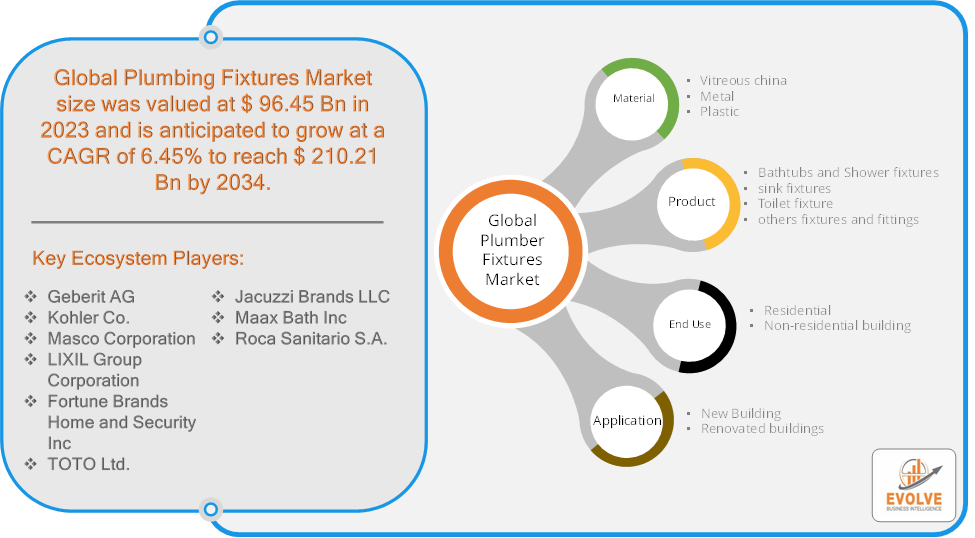Market Highlights
The global Corrugated Pallets market was valued at $1.48 Billion in 2022 and is anticipated to grow at a CAGR of 4.91% from 2023 to 2033. The global corrugated pallets market is valued at USD 1,380 million in 2021 and is projected to grow at a CAGR of 4.8% from 2022 to 2030. Corrugated pallets, also known as paper pallets, are made from corrugated material and paper board sheets, offering an eco-friendly alternative to traditional wood pallets. These pallets come in various designs, including 3-5 layers for medium-weight goods and less than 3 layers for lightweight products. The market is primarily driven by the increasing demand for sustainable packaging solutions, particularly in industries like food and beverages, pharmaceuticals, and agriculture. Companies like KraftPal Technologies are leading the way in transforming the global supply chain with innovative corrugated pallet solutions, aiming to provide efficient, scalable, and environmentally friendly pallet options for logistics and material handling
For More Information: https://evolvebi.com/report/global-corrugated-pallets-market-analysis-and-global-forecast-2023-2033-with-covid-impact-analysis/
The COVID-19 pandemic has had a significant impact on the global pallets market, including the corrugated pallets segment. While the overall pallets market is expected to register a CAGR of 5.2% during the forecast period (2021 – 2026), the pandemic has caused disruptions in supply chains and changes in consumer behavior. The increased demand for sustainable packaging solutions, driven by green consumerism, has led to the growth of corrugated pallets as a means of eco-friendly packaging. Established players in the market are innovating to strengthen the pallets for varied applications, and companies are adopting sustainable practices in response to the theme of sustainability, particularly in the Asia Pacific region. The market is fragmented, with several small and large manufacturers competing for market share. The rise of e-commerce and the need for efficient and cost-effective product delivery have led to the adoption of RFID chips in pallet materials for real-time tracking and tracing, minimizing product loss and improving supply chain efficiency.
Segmental Analysis
The global Corrugated Pallets market has been segmented based on Product, Raw Material, End User, Application
Based on the Product, the market is segmented based on >3 walls , 3-5 Walls and 5+ Walls. With the most market share, the Less than 3 layers category is predicted to expand at a CAGR of 4.3% over the course of the projected period. For lightweight consumer goods products, corrugated pallets with fewer than three layers are employed. These pallets are made for transporting light items in the food and beverage and pharmaceutical industries and can support modest loads.
Based on Raw Material, the market has been divided into Angle board and Corrugated sheet. the Raw Material segment plays a crucial role, with a focus on sustainability and recyclability. Manufacturers are increasingly using renewable and recycled materials, such as paperboard and fiber, to align with environmental goals and reduce the carbon footprint of pallet production.
Based on the End User, the market has been divided into Food and Beverages, Chemical and Pharma, Agriculture, Metal and Machinery, Wholesalers and Others. With the biggest market share, the food and beverage segment is predicted to expand at a compound annual growth rate (CAGR) of 6.2% throughout the course of the projection period. The food and beverage sector constantly employs wheels to move its goods from one location to another or store them in warehouses.
Based on Application, the market has been divided into Logistics and Storage. Corrugated pallets are favored for their lightweight, hygienic, and customizable properties, making them ideal for transportation and storage needs across diverse sectors.
For More Information: https://evolvebi.com/report/global-corrugated-pallets-market-analysis-and-global-forecast-2023-2033-with-covid-impact-analysis/
Regional Analysis
The Corrugated Pallets market is divided into five regions: North America, Europe, Asia-Pacific, South America, and the Middle East, &Africa. The Asia Pacific region holds a dominant position in the Global Corrugated Pallets market. With the greatest market share, Asia Pacific is expected to grow at a compound annual growth rate (CAGR) of 5.6% over the course of the projected period. The goods are shielded from atmospheric, magnetic, electrostatic, vibration, and shock damage by corrugated pallets. Due to increasing industrialization and growing advances related to corrugated pallets in emerging economies, Asia-Pacific is expected to have strong growth potential. The need for corrugated pallets for the shipping of relatively small items is predicted to rise as online shopping becomes more common in developing nations. The North America region is witnessing rapid growth and emerging as a significant market for the Global Corrugated Pallets industry. By area, North America is the second largest. At a 3.9% CAGR, it is predicted to reach an expected value of USD 400 million by 2030. The corrugated pallet markets in North America comprise major nations including the United States and Canada. There are numerous manufacturing facilities in these nations. As a result, corrugated pallet use has grown significantly in these nations, contributing to the expansion of the regional market. The main reasons propelling the growth and development of the packaging and protective packaging market in North America are the expansion of the global e-commerce sector, the demand for inflatable packaging, and the active involvement of third-party logistic businesses.





